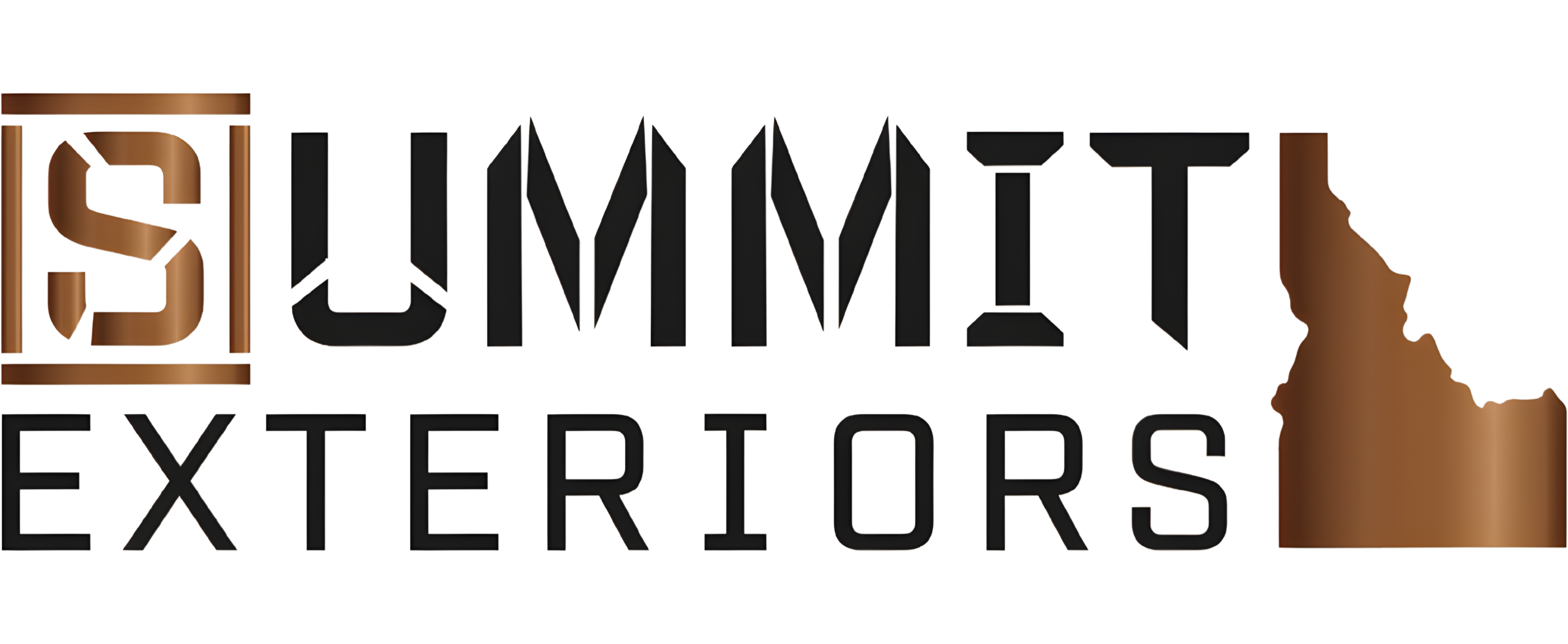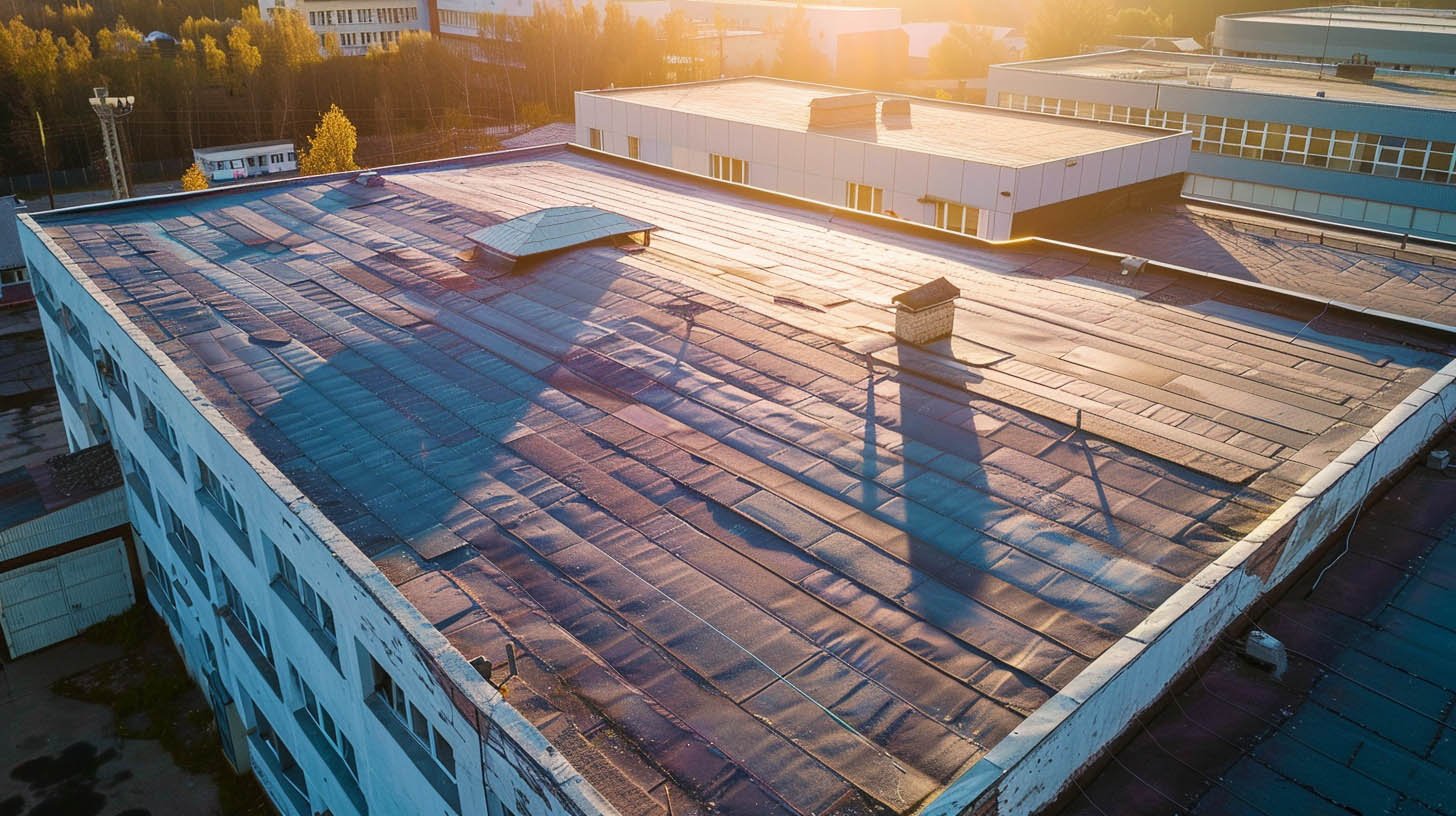Maintaining the integrity of a commercial roof is vital for the structural health of any building. Identifying potential damage early is key to preventing costly repairs and ensuring the safety and longevity of the roofing system. This guide offers detailed strategies for spotting and addressing roof damage effectively.
Routine Roof Inspections: Timing and Techniques
Regular roof inspections are crucial for early damage detection. It is recommended that building owners conduct inspections at least biannually, ideally during the spring and fall. These transitional seasons are critical as they prepare the roof for the extreme conditions of summer and winter.
After severe weather events, an additional inspection is advisable to assess any storm-related damage. High winds and heavy precipitation can compromise roofing materials, leading to urgent repair needs. Professional roof inspections can identify issues that may not be visible to the untrained eye, ensuring all potential problems are addressed promptly.
Identifying Shingle Damage
One of the most apparent signs of roof distress is damaged or missing shingles. Missing shingles expose the roof to environmental elements, increasing the risk of further structural damage. Inspect the roof for any signs of shingle deterioration, such as curling, cracking, or blistering. These symptoms indicate aging or exposure to excessive moisture and can compromise the roof's ability to protect against water infiltration.
Shingle granules accumulating in gutters are another indicator of wear. Granules help protect shingles from UV rays and weather impacts; their degradation can accelerate roofing material failure. Ensuring timely replacement of worn shingles is essential for maintaining roof performance and longevity.
Assessing Gutter Health
Gutters play a pivotal role in roof health by channeling water away from the structure. During roof inspections, check for shingle granules or debris in the gutters, which can indicate material breakdown. Clogged or damaged gutters can lead to water backing up and seeping under roofing materials, causing rot and deterioration.
Monitoring Energy Usage for Indirect Signs
Unexplained spikes in energy bills can suggest insufficient roof insulation or hidden damages like cracks or gaps. While this method should not be the sole diagnostic tool, it can provide initial clues about the roof's condition. A well-maintained roof should provide adequate thermal insulation, keeping heating and cooling costs in check.
At Summit Exteriors in Coeur d'Alene, ID, we understand the critical role a reliable roof plays in your commercial property’s infrastructure. Our expertise in roofing and gutter services ensures that each project meets the highest standards of quality and durability. Recognized as the top-rated roofing company in Bonner County for 2023, we commit to delivering excellence and protecting your investment with every job.
Conclusion
Regular inspections, understanding the signs of wear, and immediate repairs are essential for maintaining the health of your commercial roof. These proactive steps help extend the roof's lifespan, prevent significant damage, and ensure continuous protection of your property. Trust Summit Exteriors for expert roofing solutions designed to offer superior durability and performance.



